Music
Trailers
DailyVideos
India
Pakistan
Afghanistan
Bangladesh
Srilanka
Nepal
Thailand
StockMarket
Business
Technology
Startup
Trending Videos
Coupons
Football
Search
Download App in Playstore
Download App
Best Collections
Technology
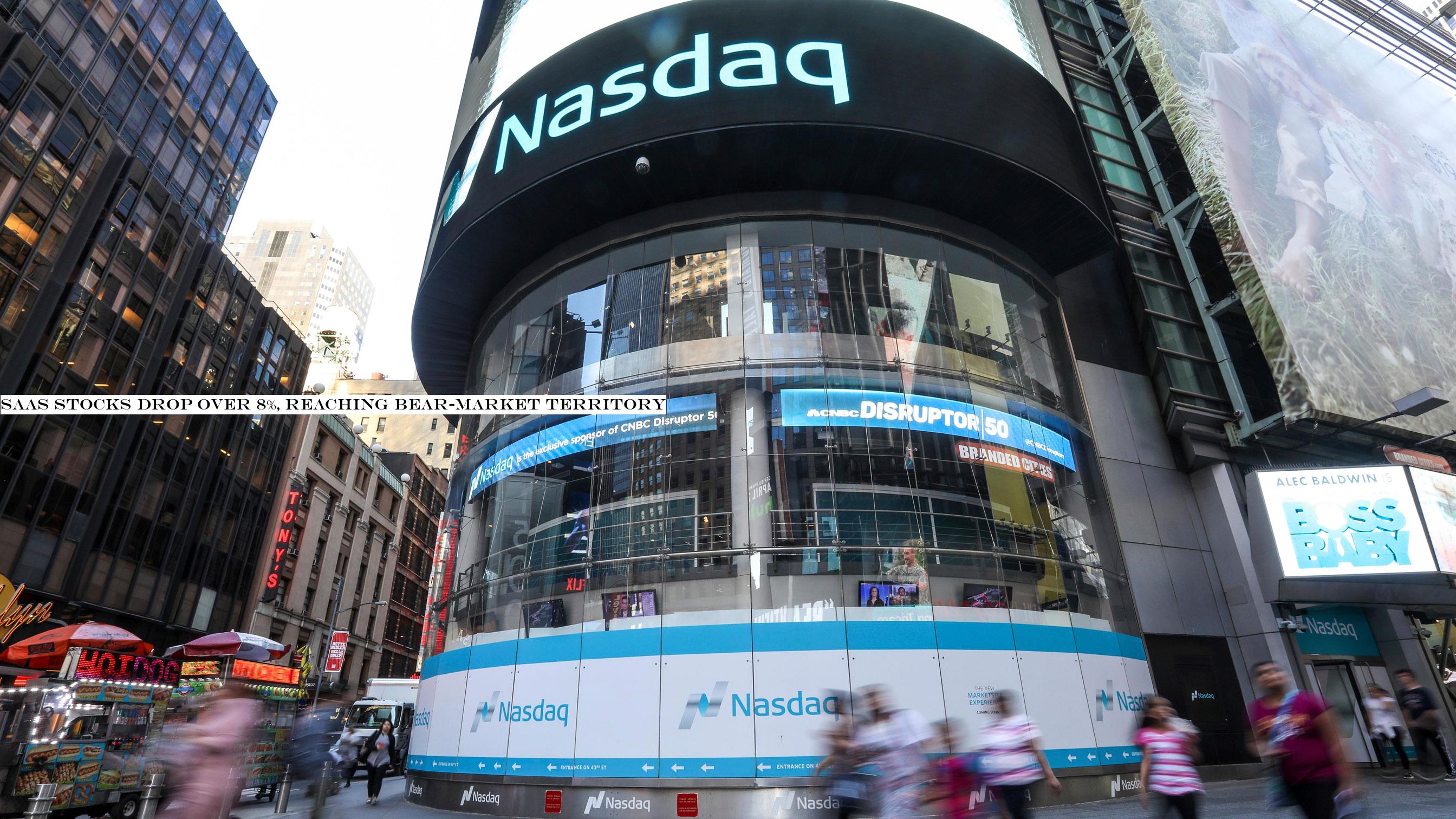
Today was an awful day for the stock market, with global and domestic equities falling sharply as the world digested a collapse in oil prices, and yet another weekend of the spread of COVID-19. All major U.S. indices were down, with the tech-heavy Nasdaq falling the least of the three, slipping a comparatively modest 7.29%, to 7,950.68 on the day.
However, while the tech index didn&t fare as poorly as other American indices, a critical portion of the technology market actually fell further than the Dow Jones Industrial Average or the S-P 500: SaaS and cloud stocks, as measured by the Bessemer-Nasdaq index.
Indeed, the BVP Nasdaq Emerging Cloud Index was off 8.28% today, closing at 1,134.51. Thatthe lowest level that the index has traded at since last October. Putting the basketswings into context, the index is just 7% above its 52-week lows, but 21% off its recent highs (52-week range data via the excellent Financial Times).
That means that SaaS and cloud stocks are off the requisite 20% needed to classify as in a bear market. A correction is defined as a 10% decline from recent highs. A bear market is 20%. Other major indices arenear the bear market mark, but are still above it. They could easily reach the threshold tomorrow, but SaaS got there first.
What the hell?
It was just three days ago that SaaS stocks approached the correction threshold. Covering that marker earned me some flak on Twitter, as some folks invested in the success of SaaS read the news item as a dis of the category itself. To the contrary, really, SaaS companies are still richly valued — far above historical norms — and it seems unlikely that investors are about to price them more cheaply than other types of companies.
However, what does seem clear is that there is less short-term optimism about SaaS than there was just a few weeks ago, when, in mid-February, companies in the sector set all-time record highs on the public markets. (We&ve been covering the SaaS run for some time now.)
The carnage today was widespread, but not that bad when we take into account resulting revenue multiples. For example:
- Atlassian was off 7.87% today, but still had a price/sales multiple of over 23, per YCharts data.
- Slack was off 6.13% today, but had a price/sales multiple at the end of day of 21.24, again according to YCharts.
This doesn&t undercut the pain that public SaaS companies felt today, or the gut-drop that SaaS startups felt as they watched their leading lights get pummeled on the stock market. But SaaS highfliers are still just that, and the whole category is still expensive. So, pour one out, but just one. Another day or two like today, however, and worry becomes a bit more understandable.
- Details
- Category: Technology Today
Read more: SaaS stocks drop over 8%, reaching bear-market territory
Write comment (97 Comments)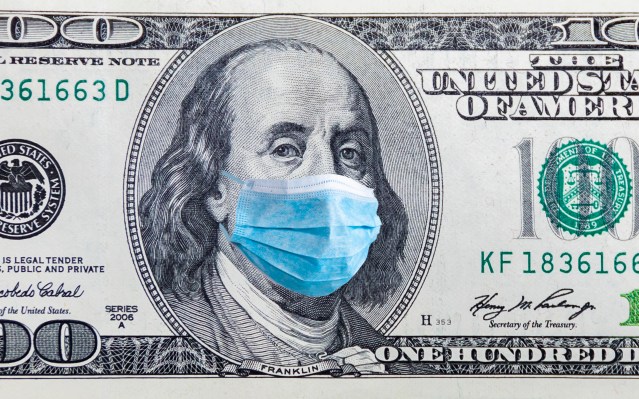
The novel coronavirus is raging across the planet. Millions are quarantined, the stock market is violently gyrating and one of the preeminent VC firms in the Valley is back to saying RIP Good Times. The daily stream of news is terrifying, and we are going to learn even more in the coming weeks.
For founders, the biggest challenge is inoculating their teams from the vagaries of the market so they can do their jobs, continue building momentum against this market adversity and, ultimately, ensure there is enough cash in the bank to avoid layoffs and sustain their company for growth.
I want to talk today about the money details, saving some of those other topics for future posts. What does VC fundraising look like today? Whatgoing to change in the VC market? What might actually get better about fundraising today than just a few months ago? The daily headlines can be traumatizing, but with the right approach, you can navigate these waters safely.
Volatility affects different VCs differently
- Details
- Category: Technology Today
Read more: The dollars and cents of raising VC during the coronavirus pandemic
Write comment (94 Comments)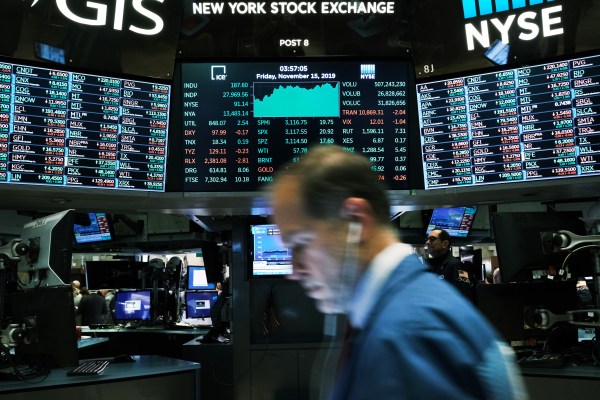
At least itover.
The markets endured their worst day of trading of this young year as the Dow Jones Industrial Average dropped 2,000 points to close at 23,850.79— a 7.79% decline. The Nasdaq Composite Index fell 624.94, to close at 7,950.68, and losses to the S-P 500 triggered a temporary halt on trading in the early morning hours. The S-P itself closed down 225.81 at 2,746.56, a 7.6% loss on the day.
Stocks were set up for a fall on Monday as every major financial indicator turned south.
Oil was down over a scuttled OPEC deal which will now mean that Russia and Saudi Arabia will flood the global oil market with cheap crude. The price war pushed the price of crude down to roughly $30 per barrel.
Meanwhile, markets are still trying to absorb all of the latest news around the spread of COVID-19, the disease caused by severe acute respiratory syndrome coronavirus 2. The disease continues to spread in the U.S., with 607 total confirmed cases so far, according to data compiled by Johns Hopkins University. Schools are closing, businesses are encouraging their employees to work remotely if they can and nearly everyone is canceling non-essential business travel.
Hits to oil and gas companies and airplane manufacturers were always going to weigh heavily on the Dow. And now therean open discussion in the halls of the U.S. government about the possibility for industry bailouts.
That kind of talk doesn&t bode well for the overall health of the U.S. economy, nor do fears over large hits to the nationservices sector.
And the Federal Reserve has basically flipped all of the switches it possibly can to keep the U.S. economy humming, driving interest rates down to near zero in an effort to encourage investment in the stock market.
None of this seems to be helping, yet. And startups have as much to fear from a market contraction as the rest of the world. Less money flowing in financial markets reflects fewer dollars getting spent in the real world — and more cautious decision-making around how to spend the money a company has.
- Details
- Category: Technology Today
Read more: Wall Street’s terrible, horrible, no good, very bad day ends with the Dow down 2,000
Write comment (99 Comments)Reddit, the popular discussion site visited by more than 430 million people per month, is opening up some of its most valuable screen real estate to advertisers with the launch of its first trending ad product, the Trending Takeover. The new ad unit will allow brands to reach visitors on two of the most heavily visited areas of Redditwebsite: the Search tab and the Popular feed.
The ad format allows the brands& campaigns to run across the largest trends on Redditsite for 24 hours, Reddit says. The trends section is where users can see whatcurrently buzzing and being discussed across the site, similar to the Trends section on Twitter, which can also be targeted by advertisers.

Reddit already offers advertisers the ability to run campaigns across its site in order to raise brand awareness, drive conversions or generate website traffic, app installs or video views, among other things. But the new Trending Takeover ad product will allow brands to reach even more potential eyeballs, as Reddit says the Popular feed alone is used by a third of the sitevisitors daily, and the Search tab also reaches millions every day.
In addition to the increased visibility, the benefit to this sort of ad format is that a campaign can be designed to align with whatbeing talked about in real time during the day it runs. For instance, a brand could run a trending ad on the day their brand became a part of the trending section organically.
According to eMarketer, Reddit was forecast to generate $119 million in net U.S. ad revenues in 2019, giving it a 0.1% of the overall U.S. digital ad market. But the analyst firm believes that figure will more than double, to $261.7 million, by 2021, noting how the company continued to roll out new formats like its autoplay in-stream video, cost-per-click, Top Post Takeover slots and more.
&With millions of searches taking place every day and over one-third of users coming to RedditPopular feed daily, brands can now be part of where cultural trends are born online — Reddit,& said Shariq Rizvi, vice president of Ads Product and Engineering at Reddit, in a statement. &For Reddit, a large focus for 2020 is about maximizing new and premium opportunities for brands to authentically engage with Reddit users,& Rizvi added.
In beta tests of Trending Takeover, Reddit worked with more than 15 partners across entertainment, consumer tech, CPG, automotive and QSR verticals, it says, including Spotify,Method and Adobe.The company claims these early testers saw both an increase in conversions and click-throughout rates that were two times more than industry standards for social.
For example, Method used a combination of hand-picked keywords and its own custom creative on the Trending Takeover landing page and saw click-throughs at over two times industry standards. It also was able to use the format to drive video views with a completion rate of four times that of Redditusual Promoted Posts format. The brand had specifically targeted communities like r/houseplants,r/gardening and r/malelivingspacefor a campaign about its household cleaners.

According to a media buyer cited by AdWeek, Promoted Trends on Twitter can cost around $250,000 per day, although pricing is customized. Redditnew Trending Takeover ad would probably be a minimum of around $100,000, they estimated. Reddit was not confirming pricing.
Reddit says itnow selling Trending Takeovers on a reservation, not programmatic, basis. The ads run on both desktop and mobile.
- Details
- Category: Technology Today
Read more: Reddit takes on Twitter with its first trending ad product
Write comment (90 Comments)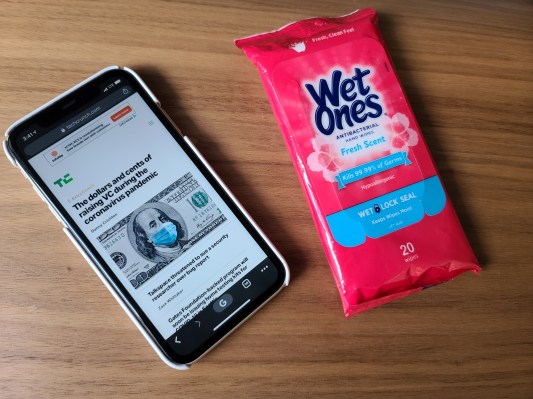
A small consolation in the growing COVID-19 crisis is that some of our moderate germophobia has begun to feel like a minor super power. As I got settled for a cross-country flight last week, I took out my hand wipes and did a whole number on the screen, tray table and arm rests, and this time no one looked at me funny.
I go to a lot of conferences and trade shows and have to shake a lot of hands (though I&ve taken to the elbow bash in recent weeks) before handling my phone. Years ago, I switched from Purell bottles to hand wipes for two reasons:
- Hand sanitizer feels like lacquering the dirt on. This is probably another weird quirk, so do with that what you will.
- I touch my phone — and computer — a lot. I almost never leave the house without a product like Wet Ones in my bag. Hell, I included them in a travel gift guide last year. Merry Christmas, Billy, herethe packet of antibacterial wipes you wanted but were too afraid to ask.
For those concerned about damage to your devices, fear not. Apple, which has never been prone to recklessness for such things, just gave disinfecting wipes a green light on its &How to clean your Apple products& that covers Mac, iPad, iPhone and iPod, among others.
Using a 70 percent isopropyl alcohol wipe or Clorox Disinfecting Wipes, you may gently wipe the hard, nonporous surfaces of your Apple product, such as the display, keyboard, or other exterior surfaces. Don&t use bleach. Avoid getting moisture in any opening, and don&t submerge your Apple product in any cleaning agents. Don&t use on fabric or leather surfaces.
iPhones these days sport IP67 or IP68 ratings. If it detects moisture in the Lightning port, it will throw up a &Charging not Available& warning. Itbest to avoid getting the port wet if you can, but thata nice fall back.
So, wipe, wipe away. Assuming, of course, you can still find them.
- Details
- Category: Technology Today
Read more: Wait, you all haven’t been wiping down your smartphones this whole time
Write comment (100 Comments)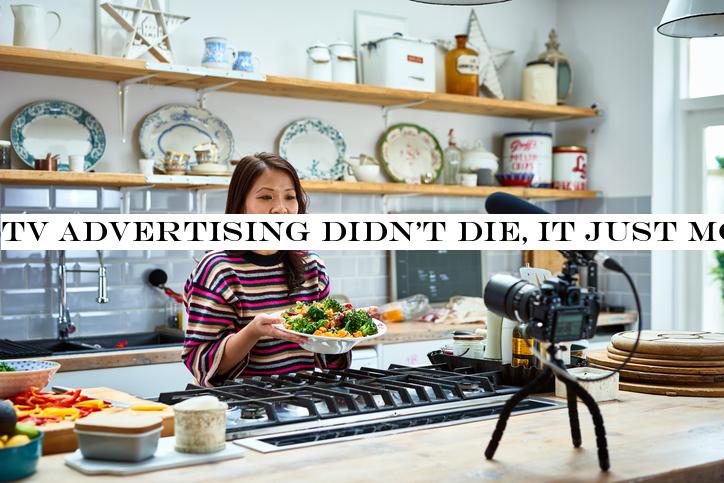
The tradition of sitting through a barrage of ads in exchange for being entertained began with radio, flourished with the arrival of television and followed the mass migration online.
As the massive $35 billion in advertising revenue captured by YouTube and Instagram in the last quarter indicated, online advertising around social media, influencers and streamers already represents roughly half of the total amount spent on television advertising at its 2018 peak of $72.4 billion.
Entertainment businesses are under enormous pressure to create new revenue models as linear advertising becomes less relevant to consumers, a potential harbinger for another boom in advertising technology as companies try to keep audiences engaged.
Instagram $20 billion advertising haul, first reported by Bloomberg, comes as Alphabet, Googleparent company, disclosed advertising revenue of $15.1 billion at its YouTube subsidiary for the first time.
Taken together, those figures mean that the market share of advertising commanded by television may shrink to a quarter of all advertising spending sooner than the 2022 prediction from eMarketer, as reported in MarketingLand. While search on Google and Amazon are clear winners — as is Facebook — other technology companies are likely to see a windfall as advertisers chase consumers to new places.
- Details
- Category: Technology Today
Read more: TV advertising didn’t die, it just moved online
Write comment (93 Comments)Page 1261 of 1416

 15
15





